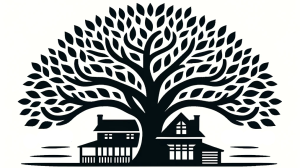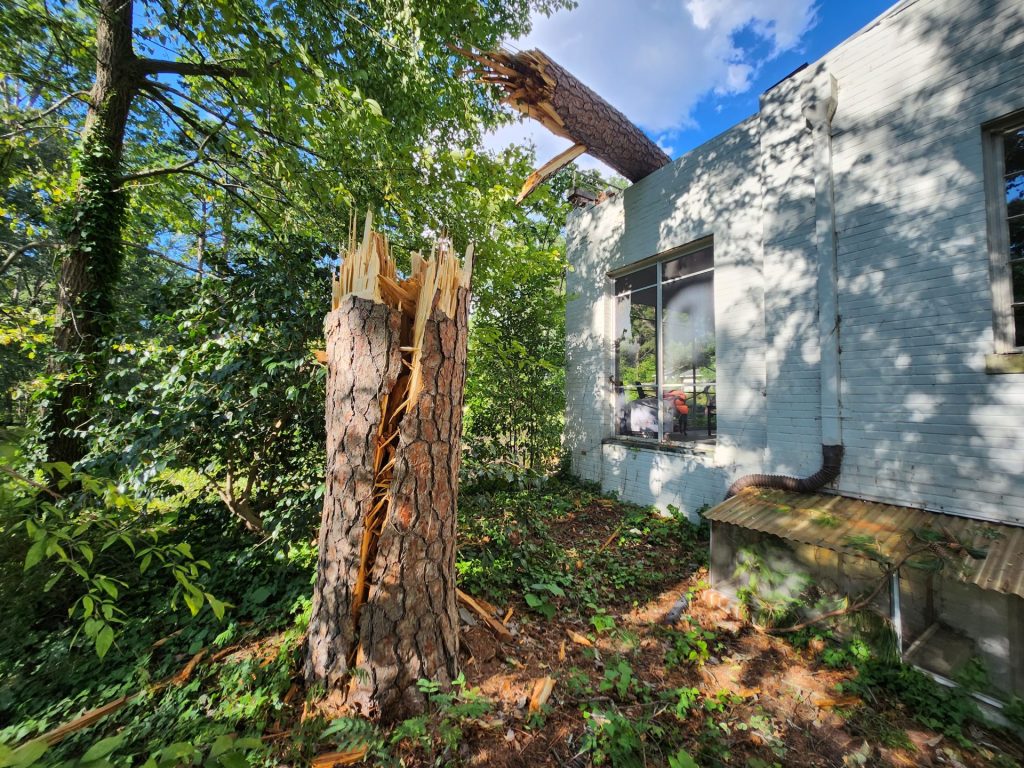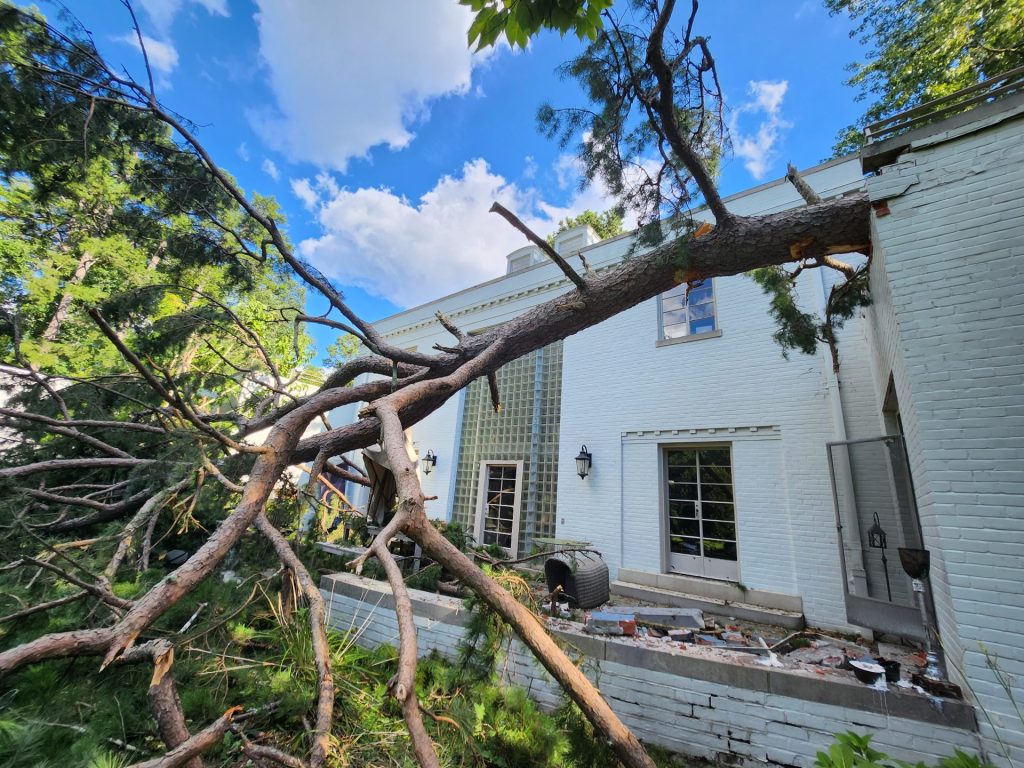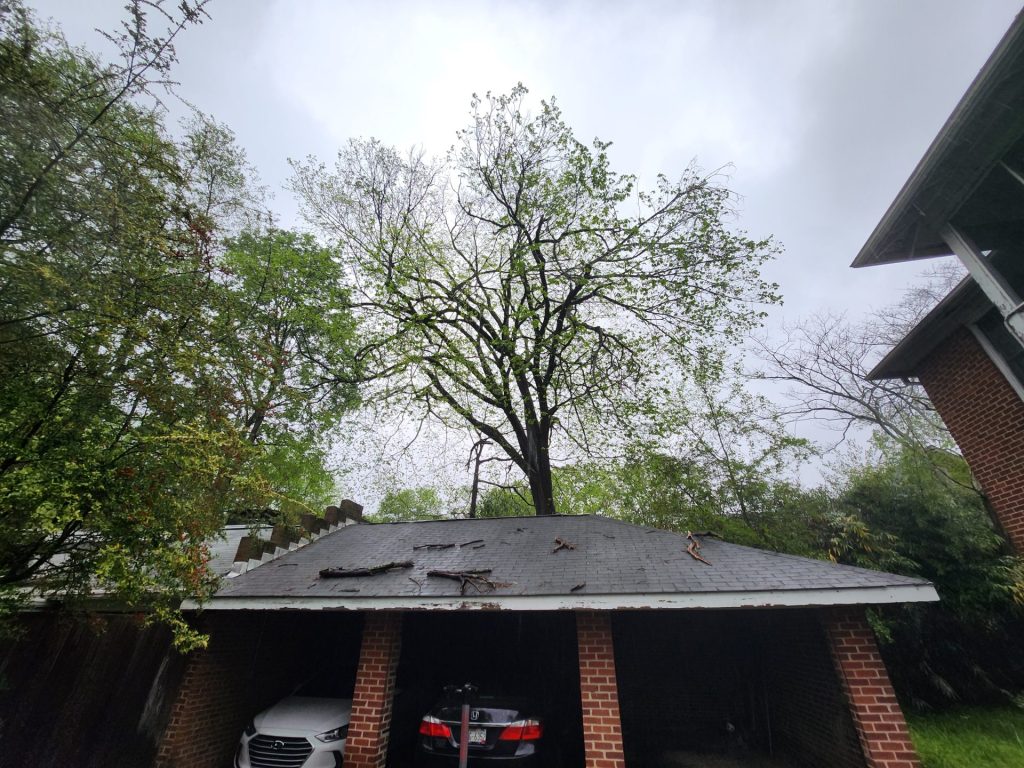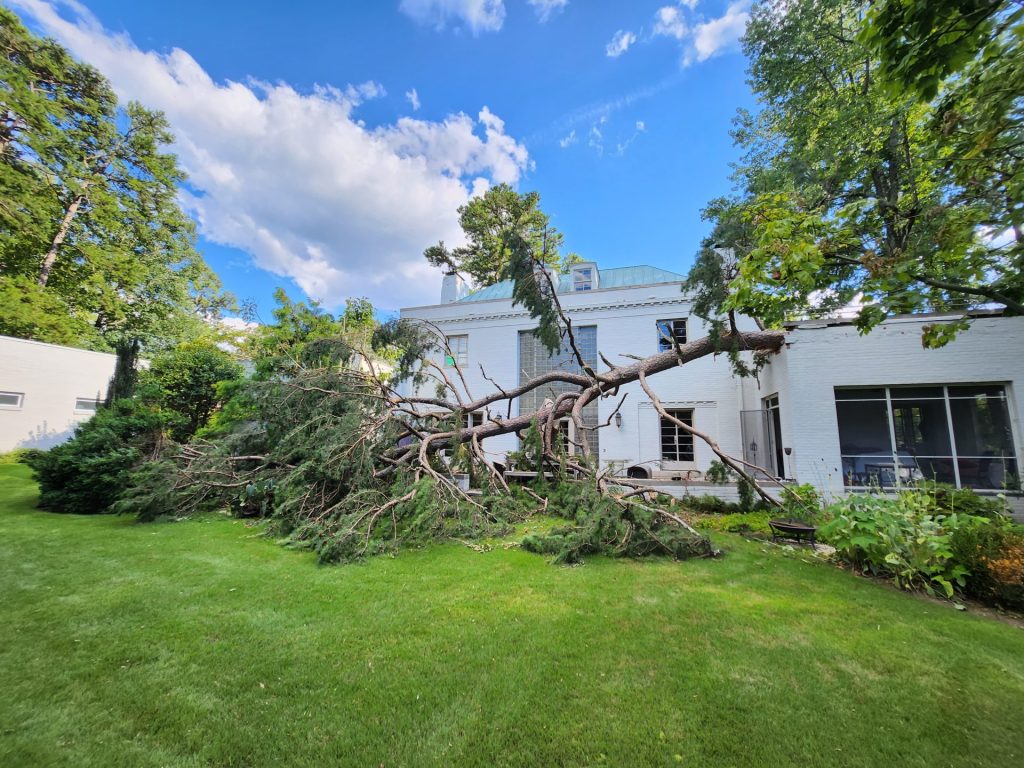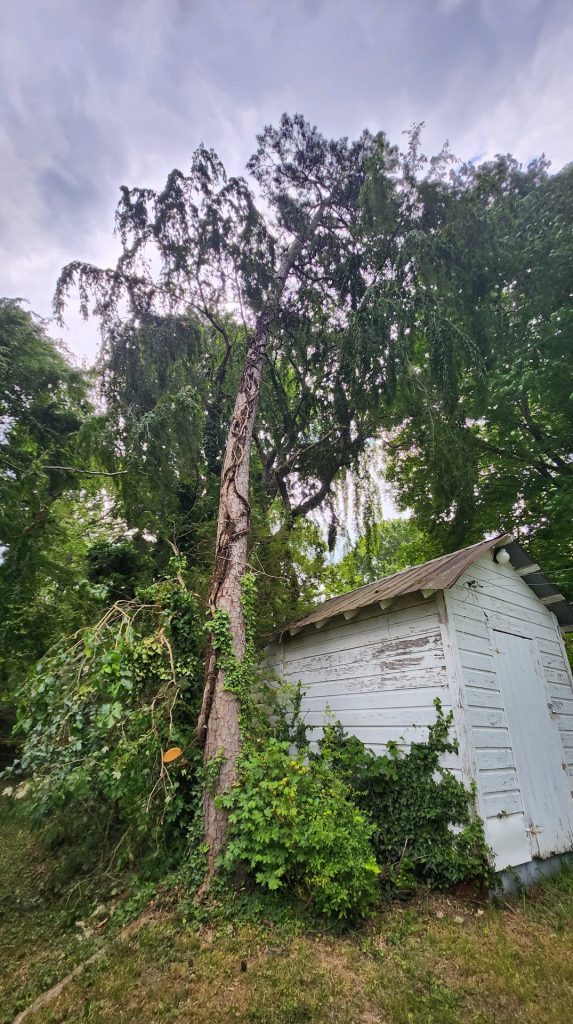BeLoved Asheville has transformed from a grassroots community organization into the beating heart of hurricane recovery efforts in North Carolina. Co-founders Amy Cantrell and Ponkho Bermejo mobilized their team with remarkable speed, turning their deep community connections into a powerful emergency response network.
A Community Force Multiplied
BeLoved’s strength lies in its 1,000-strong volunteer base and partnerships with 102 local organizations. This network enabled them to distribute millions of pounds of aid, but their impact goes deeper. Their team didn’t just deliver supplies – they conducted wellness checks, reunited separated families, and provided crucial emotional support during the crisis.
The organization’s intimate knowledge of Asheville’s vulnerable populations proved invaluable. Before Helene, BeLoved already understood which community members might need extra help and where to find them. This institutional knowledge meant aid reached those most in need, faster.
BeLoved’s Impact by the Numbers
BeLoved’s response has touched thousands of lives across Buncombe County. Their work has become especially critical as local shelters face a 30-50% surge in residents. They’re currently supporting:
- Housing assistance for families among the 9,234 damaged homes
- Aid for over 1,200 homeless students in local schools
- Support for overflow at Western Carolina Rescue Ministries
BeLoved’s Comprehensive Recovery Approach
The organization has developed a multi-faceted recovery strategy:
- Immediate Relief: BeLoved maintains consistent distribution of food, water, and medical supplies through their established community networks.
- Housing Solutions: Drawing on their pre-hurricane housing advocacy experience, BeLoved is developing long-term shelter solutions for displaced families.
- Mental Health Initiative: They’ve launched dedicated mental health services, leveraging their existing community trust to reach those struggling with trauma.
- Infrastructure Support: BeLoved coordinates with local partners to restore essential community services and businesses.
- Sustainable Recovery: Their focus extends beyond immediate aid to building lasting community resilience.
Supporting BeLoved’s Mission
BeLoved Asheville has proven that local organizations can lead effective disaster response. Their pre-existing community relationships and understanding of local needs have made their hurricane response particularly effective. They’re now expanding their usual programs to meet the increased need while maintaining their core mission of equity and justice.
To support BeLoved’s continuing efforts:
- Donate directly through www.belovedasheville.com
- Join their volunteer network
- Share their story to build broader support
BeLoved Asheville’s response to Hurricane Helene demonstrates how deeply rooted community organizations can provide swift, effective disaster relief while building long-term resilience. Their work continues to evolve as community needs change, but their commitment to equitable recovery remains constant.
